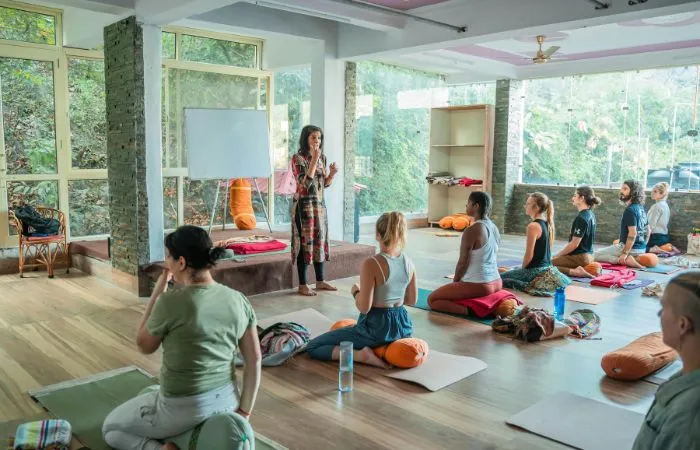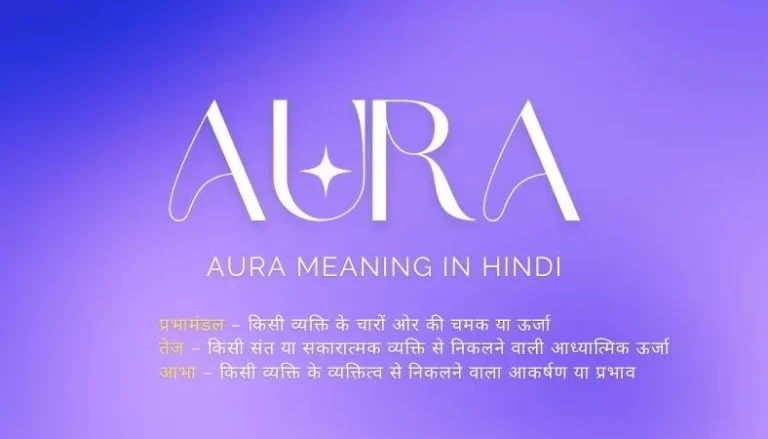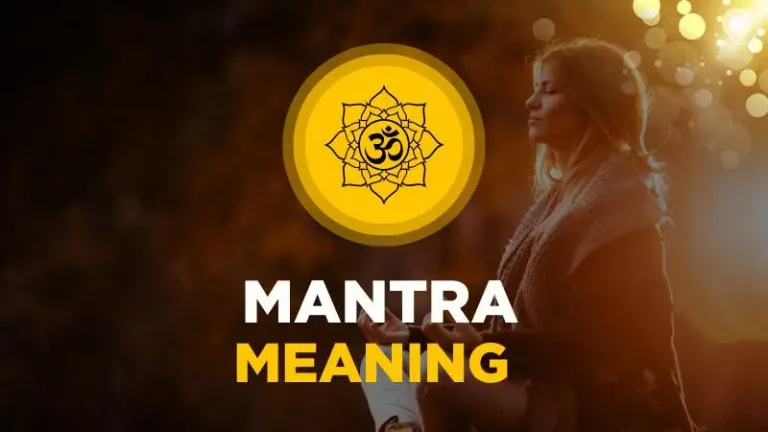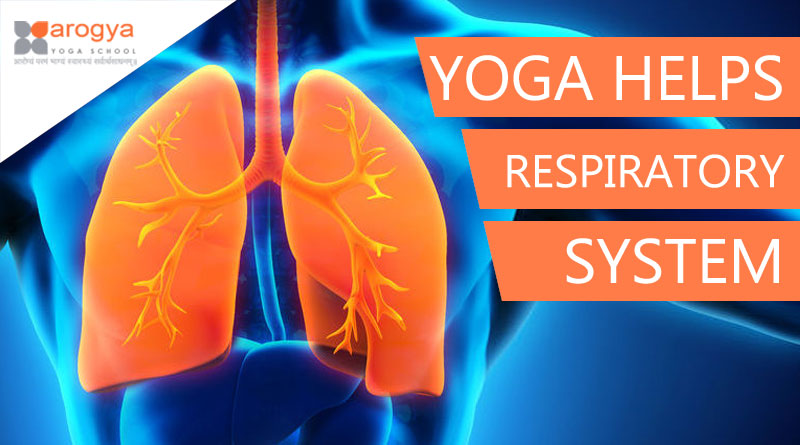
Causes for Respiratory Problems
Very few people breathe correctly. Some use only the upper part of their lungs; others breathe with only the diaphragm (lower part) leaving the upper structures of the lungs inactive and partially collapsed. In those parts of the lung that are not used, slimy secretions accumulate and the tissues become devitalized. Thus a luxurious soil is prepared for the tubercle bacillus, pneumococcus and other scavenger germs. This habit of shallow breathing accounts in a good measure for the fact that one third of all deaths result from diseases of the lungs. For one individual perishing from food starvation, thousands are dying from oxygen starvation. Here are some catalysts that aggravate respiratory troubles:
Environmental circumstances:
Air pollution and working in areas where noxious, gaseous substances are discharged into the air from factories and heavy industries or discharged from the exhausts of automobiles, buses, or lorries may cause serious lung damage.
Destructive personal habits: Smoking of cigarettes, chewing of pan, inhalation of snuff and the misuse of certain drugs destroy the ciliary lining as well as dampen the body’s response and immunity to infectious agents. These lead to the creation of many breathing difficulties.
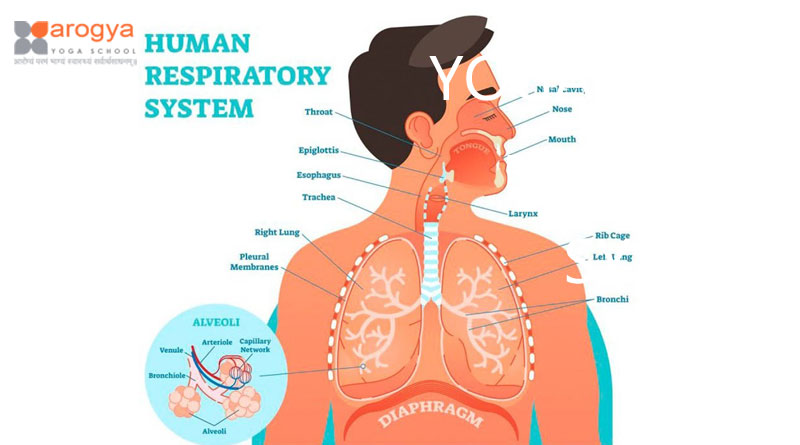
Dietary misuse:
Acid-forming and mucous-producing foods create phlegm and acid discharges that clog up the respiratory passage and make it difficult to breathe properly.
Acid-forming and mucous-producing foods create phlegm and acid discharges that clog up the respiratory passage and make it difficult to breathe properly.
Personal emotional and psychological conditions:
An overly sensitive nature or a nature, which is easily embarrassed, will add to breathing difficulties. We must never forget that our emotions and breath are closely inter-related and that many breathing difficulties are the surface manifestation of underlying emotional ‘hang ups’.
Both yoga asanas and yoga breathing exercises maintain the health of your respiratory system overall. In general, asanas that move your spine in all directions of movement, and that stretch and strengthen the muscles all around your upper torso, will help support your respiratory system by keeping respiratory muscles strong and flexible. And yoga breathing practices that lengthen your inhalation and exhalation, such as gradual lengthening of equal breath, or that include rapid inhalations and exhalations, like Kapalabhati (Skull Shining breath), can exercise your breathing muscles even more.
Using Yoga as an Alleviator
All aspects of yoga are useful but Pranayama, the Yogic science of conscious expansion of Prana, the Life Force, is the most valuable technique used to correct faulty breathing and chronic diseases associated with the nose, throat and lungs. You can quickly correct the faulty breathing habits which are the root cause of the disease, and then by adhering to a proper diet and living a Yoga Life will be freed from this malady life-long. The use of Pranayama can enable you to regain the normal physiological chest movement associated with good breathing or to attain to that condition if it has never been present.
In addition, recent studies have shown that pranayama is effective in improving lung function in those with chronic obstructive pulmonary disease (COPD. For this condition, equal lengthening of the inhalation and exhalation is recommended. Finally, yoga breathing exercises that calm your nervous system, such as extending the exhalation or pausing at the end of it, add the benefit of lowering overall stress, which can be particularly helpful to people who are challenged by a respiratory condition.
Here are some Pranayama techniques you can implement in your daily practice to keep your lungs in check:
Nadhi Shodhana aka Anuloma Viloma:
Nadhi shodhana, also known as alternative nostril breathing, is a very relaxed, balancing breath that is used to help calm the nervous system and aid in a restful night’s sleep. By increasing the amount of oxygen taken into the body, it’s believed that this breath can also purify the blood, calm the mind, reduce stress, and promote concentration.
Kapalabhati Pranayama:
Kapalabhati means skull shining breath. It’s a pranayama exercise as well as an internal kriya, or cleansing technique. Practitioners of kapalabhati believe that this breath will help clear mucus in the air passages, relieve congestion, reduce bloating, and improve lung capacity. Kapalabhati is an invigorating breath that can build heat in the body.
Ujjayi Pranayama:
Ujjayi means victorious breath; it’s also referred to as ocean breath due to the sound it creates. This breath is often used in asana (posture) practice, especially in ashtanga and vinyasa classes. Ujjayi encourages full expansion of the lungs, and, by focusing your attention on your breath, it can assist in calming the mind.
Sheetali Pranayama:
Sheetali also means cooling, which explains the effect it can have on your mind and body. This breath encourages clearing heat with coolness. It’s especially helpful during summer and in hot climates.
Apart from the breathing exercises there are of course also physical yoga poses that support the respiratory system in doing its work by expanding the lungs and giving them space to breathe, by activating the different body parts and stimulating the blood flow so that oxygen can be provided until the tips of your toes.
Here is a list of poses that can activate your chest muscles and allow more oxygen into your lungs:
Padangushtasana (Big Toe Pose)
Marjaryasana-Bitilasana (Cat-Cow Pose)
Setubandhasana (Bridge Pose)
Utthita Hasta Padangushtasana (Extended Big Toe Pose)
Salabhasana (Locust Pose)
Anjaneyasana (Low Lunge)
Sarvangasana (Shoulder Stand)
Urdhva Mukha Shvanasana (Upward facing Dog pose
Urdhva Dhanurasana (Upward Bow Pose)
Dandasana (Staff Pose)
Parivrtta Parshvakonasana (Revolved Side Angle Pose)
Ardha Bhekasana (Half Frog Pose)
Parigrahasana (Gate Pose)
Bhujangasana (Cobra Pose)
Pincha Mayurasana (Feathered Peacock Pose)
Ardha Matsyendrasana (Half Lord of Fish Pose)
Natarajasana (Lord of Dance Pose)
Dwipaada Vipareeta Dandasana (Upward Two Foot Staff Pose)
Kapotasana (King Pigeon Pose)
Sukhasana (Easy Pose)
In conclusion…
A well-rounded yoga and pranayama practice that includes calming, balancing, and simulating exercises, can promote the health of your respiratory system by improving the strength and flexibility or your chest muscles and fascia as well as improving the alignment of your ribs and spine. In general, you’ll benefit from actively challenging your diaphragm with practices that extend the length of the inhalations and exhalations, and that include inhalation and exhalation pausing.

